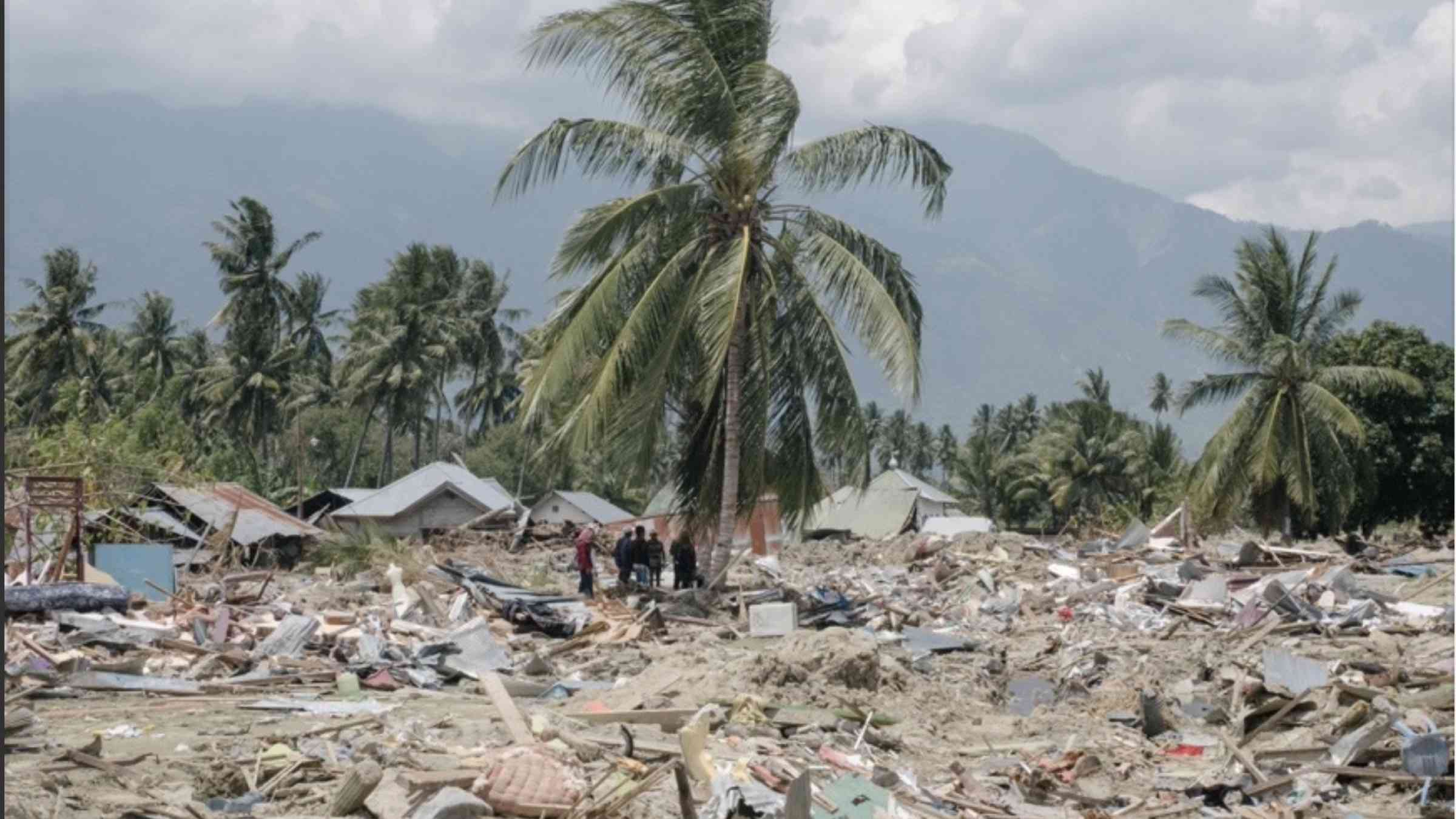MHEWC-III Consultation process supporting the development of the Words into Action Guide on Multi-Hazard Early Warning Systems
This learning event will serve as a consultation process supporting the development of the Words into Action Guide on Multi-Hazard Early Warning Systems.
Session objective
The purpose of the event is to inform participants of the MHEWC-III on the status and main contents of the WiA guide on MHEWS and encourage initial feedback including suggestions to improve the content and as such its applicability. Session participants will discuss the content of selected sections of the consultative version of the WiA guide to reinforce the contents and its ‘how to’ approach.
Session methodology
- The content of the MHEWS WiA guide will be presented.
- Participants will be requested to share generic feedback.
- Working in smaller groups will facilitate receiving comments and suggestion for four selected sections of the WiA guide.
In addition, participants will be able to provide any additional feedback through a brief online questionnaire. The online questionnaire will contain the same questions that are asked during the meeting.
Participants are encouraged to register if they are interested in participating in the virtual or in-person discussions. This will facilitate defining the breakout groups. Note that after the presentation participants will be divided into groups (in-person as well as virtual) to share initial feedback and focus on specific aspects of the WiA guide.
The Consultative Draft can be found here.
Background and Context
In 2015, Member States adopted the Sendai Framework for Disaster Risk Reduction 2015-2030 to reduce the human and economic loss caused by disasters and avoid the creation of new risks. To help implement this Sendai Framework, the UN Office for Disaster Risk Reduction (UNDRR) has launched the Words into Action (WiA) Guides as a series of guidelines, based on global expertise, communities of practice, and networks of Disaster Risk Reduction (DRR) practitioners. The guidelines provide practical and specific advice on implementing a people-centered approach to DRR in line with the Sendai Framework.
Contributing to the WiA series, UNDRR, United Nations Platform for Space-based Information for Disaster Management and Emergency Response (UN-SPIDER) from the United Nations Office for Outer Space Affairs (UNOOSA) and World Meteorological Organization (WMO) are leading the elaboration of a new WiA guide that will provide practical guidance to the implementation of the Sendai Target G with special focus on Multi-hazard Early Warning Systems (MHEWS). The envisioned WiA guide will provide advice for governments, stakeholders, and partners on how to institutionalize, operate, monitor, and strengthen people-centred inclusive approaches for multi hazard early warning systems.
In addition to the organizations above, a Reference Group (RG)[1] was formed to guide the process, make recommendations, and provide expert advice. This included for example the selection of good practices and contributions to different sections of the WiA Guide.
To ensure that all relevant aspects are included in the WiA guide and to integrate the users’ point of view, the document proposes steps to ensure a participative consultation and validation.
Groups
Group 1: Early Warning – Early Action
- What practical recommendations could you suggest reinforcing the contents of the section 3.1 of the guide that trigger the implementation of early actions after an alert was issued?
Group 2: Impact-based Forecasting (IBF)
- What else must be considered for a successful shift to IBF? Please indicate if proposed steps in section 3.2.3 are clear enough or further information should be included.
Group 3: Governability to foster institutionalization of MHEWS
- Please suggest advocacy activities / campaigns / strategies to foster the institutionalization of MHEWS. Please complement section 2.2 of the Guide.
Group 4: Financing mechanisms
- Which strategies can be implemented to ensure proper financing mechanisms to sustain the implementation of MHEWS? Please complement section 2.3 of the Guide.
Question for all groups
- What is your overall feedback to the initial draft of the guide? Do you have any suggestions to improve the content of the guide considering the practical nature (how-to) of the guide?
Documents
Learn more
The First Multi-Hazard Early Warning Conference (MHEWC-I): Saving Lives, Reducing Losses was organized by IN-MHEWS and took place on the 22nd and 23rd of May 2017 in Cancún, Mexico, as a pre-event to the Fifth Session of the Global Platform for Disaster Risk Reduction in 2017 (GP2017). The Second Multi-Hazard Early Warning Conference (MHEWC-II) took place on the 13th and 14th of May 2019 as a pre-event to the Sixth Session of the Global Platform for Disaster Risk Reduction (GP2019) at the Headquarters of the World Meteorological Organization (WMO) in Geneva.
Building on the progress and achievements of the first two conferences, the Third Multi-Hazard Early Warning Conference (MHEWC-III) is planned to take place 21-22 May 2022 at Bali Nusa Dua Convention Center, Bali, Indonesia. MHEWC-III provides a unique opportunity to review key accomplishments, share skills, experience, and expertise within an active MHEWS network. Attendees will exchange and explore how the community can scale efforts in MHEWS implementation to better deliver on the aspirations of MHEWS the Sendai Framework, Paris Agreement, and Sustainable Development Goals. Moreover, practical training opportunities to support and enhance understanding and utilization of key advances in science will be organized. Training is envisioned to include modules on artificial intelligence, new data sources/information, communication standards / technologies, monitoring and evaluation to track the effectiveness of MHEWS.

Agenda
Location
BICC First Floor
Online access
Participation
Open to those registered for the conferenceInterpretation
FR, ESDetails
Contact
On behalf of the co-chairs of IN-MHEWS (UNOOSA/ UN-SPIDER and WMO), mhew3@wmo.int